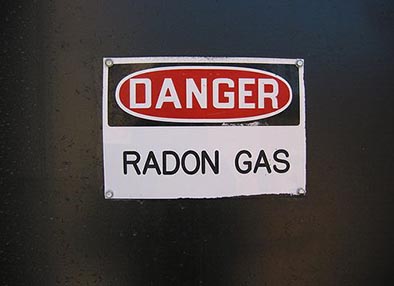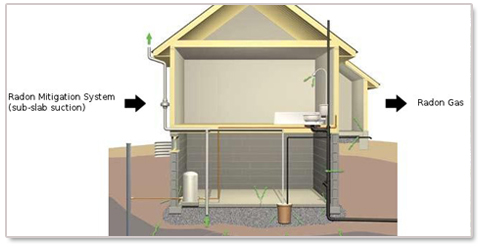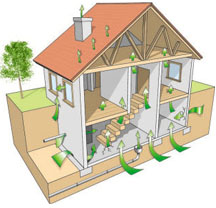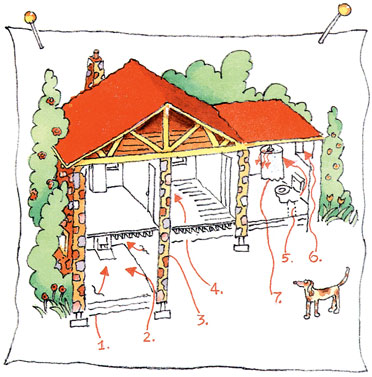Radon Detectors and Testing Services in Iowa
If you are concerned about radon levels in your home, the best thing you can do is invest in some sort of radon test to determine whether or not your home actually contains elevated radon levels. There are a variety of ways that this can be done – home radon testing kits and detectors, short-term professional tests, and long-term professional tests. The hard part is deciding which radon testing method to use in your home. That is why Ameriserv offers the necessary information and wide variety of solutions to help you choose the best option for your Iowa home.
Some of the different options that you can choose from to test the radon levels in your home include:
- DIY Radon Kits and Detectors: Home radon tests can give you an idea of the radon levels in your home. These tests are usually left in your home somewhere undisturbed for 48 – 96 hours. To use these tests, you must close all of the doors and windows in the area. Most of the tests also require that you send them in to a lab in order to get the results. Here at Ameriserv, we offer a $15 at home radon testing kit. Contact us for more information on this and our other radon testing services.
- Short-term testing: This kind of test takes around 2-7 days (some can take up to 90 days), and is used to measure average radon levels in your home over a short time period. Short-term testing methods include charcoal canisters, electret ion chambers, continuous monitors, and liquid scintillation detectors.
- Long-term testing: This testing method, which usually takes over 90 days, is used to track average radon levels in your home year round. Long-term testing can be done of a high radon level was found with another testing method, or to find more accurate results. Testing methods include electret monitors and alpha track detectors.
These are some of the common methods used to test for radon in Iowa homes. If you are looking to sell your home, you should consider investing in at least short-term radon testing, to ensure there are no dangerous levels of radon in your home. If there have been high levels of radon in your home before, you may want to consider a long-term radon test to see how severe this issue is. If you are just trying to ensure the safety of your family and want to be sure there is not a high amount of radon in the air, a DIY radon detector may be the way to go for you.
Average Outside Air Level of Radon pCi/L. in Iowa
 Radon is a dangerous, colorless, and odorless gas that can cause several health problems for you and your family. Though no level of radon is considered completely safe, it is common for outside air levels to be around 0.2 pCi/L. This is a relatively small number when compared with indoor radon levels, which are commonly somewhere around 1-2 pCi/L.
Radon is a dangerous, colorless, and odorless gas that can cause several health problems for you and your family. Though no level of radon is considered completely safe, it is common for outside air levels to be around 0.2 pCi/L. This is a relatively small number when compared with indoor radon levels, which are commonly somewhere around 1-2 pCi/L.
If there is a radon level of over 4 pCi/L in your home, it means that the radon levels in your home are dangerously elevated. Have your home tested immediately to determine whether or not there is a radon issue there.
Ameriserv offers quality radon testing, detectors, and mitigation services for your home. Contact us today to see how we can help you get rid of the radon in your Iowa home.
 Our Response to COVID-19
Our Response to COVID-19 

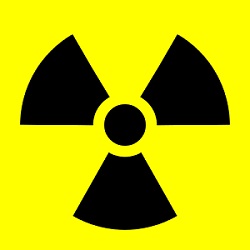
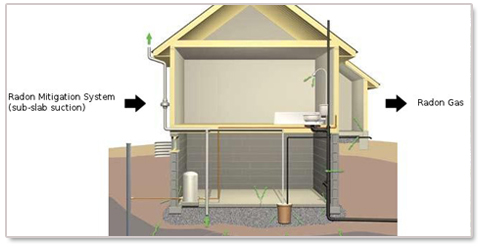 If you are looking to sell your home, or if you just want to ensure that it is a safe place for you and your family, consider investing in radon testing from Ameriserv. We are happy to offer testing and
If you are looking to sell your home, or if you just want to ensure that it is a safe place for you and your family, consider investing in radon testing from Ameriserv. We are happy to offer testing and 